
October 9-10, 2024
The 2024 WRLDCTY Urban Summit, virtual and in-person in Bilbao
WRLDCTY is a global community of urbanists pursuing inclusive, equitable and sustainable approaches to urban development.
Join us as we continue a movement to inspire a revolution in urban innovation through in-person urban forums, virtual events, podcasts and seminars with the world’s leading urban designers, placemakers, policymakers and thought leaders.
Since 2020, WRLDCTY has gathered a who’s who of city making.
Our speakers and attendees have long recognized the need to accelerate urban solutions with dynamism, verve and imagination by reactivating the non-conformist energy and the disruptive edge that has inspired urban innovation for centuries.
Past WRLDCTY speakers and collaborators include:
Thomas Heatherwick
Founder, Heatherwick Studio
Janette Sadik-Khan
Principal, Bloomberg Associates & Former Commissioner of the New York City Department of Transportation
Hélène Chartier
Director of Urban Planning and Design, C40 Cities
Bjarke Ingels
Founding Partner, BIG - Bjarke Ingels Group
Claudia López
Mayor of Bogotá
Vishaan Chakrabarti
Architect and Author
Richard Florida
Urbanist, Professor, and Author
Jeanne Gang
Founder, Studio Gang
Kimberly Driggins
Executive Director, Washington Housing Conservancy
Signe Kongebro
Global Design Director, Urbanism, Partner, Henning Larsen
Ole Scheeren
Architect and Principal, Büro Ole Scheeren
Jeff Speck
City Planner & Writer
The WRLDCTY community includes innovative leaders from:

Because WRLDCTY is not the ‘business as usual’ that you’re used to in urban development dialogue.
We are driven by the hard truth that our economic order and way of life are materially expansive, socially divisive, and environmentally hostile. This is creating untold damage, especially in cities. This is where our search for better ways starts.
Whether through our annual forum, our twice monthly podcast, or virtual summits, WRLDCTY is your free pass to learning and collaborating with influential, proven urbanists, cities, planners, innovators and designers committed to inspiring likeminded change makers to do the work for more inclusive, equitable, and welcoming cities for the rest of this century and beyond.
The on-site program at the annual forum is made even richer with off-site experiences at some of the host city's most ambitious projects hosted by renowned urban experts who are addressing urban challenges in ambitious, inventive, and collaborative ways.
Since 2020, WRLDCTY has innovated in so many ways, engaging with the world’s leading cities, developers and urban visionaries and practitioners to create a new community of catalysts, leading urban innovation and breaking down silos between disciplines to talk less and do more.
Sign Up For Free Today and Join Our Urban Revolution